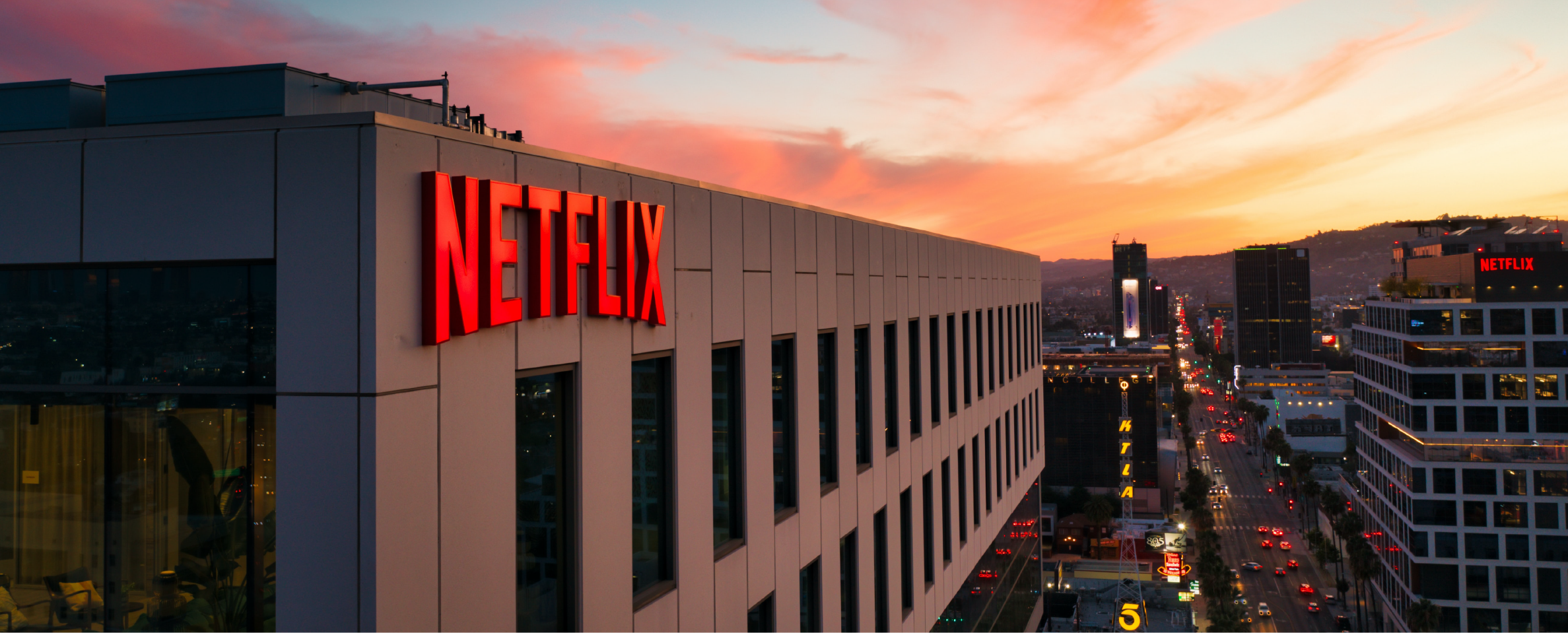Netflix’s Q1 earnings report, released last April, sent shockwaves through the media world. For the first time in a decade, the streaming juggernaut reported a loss in subscribers—no fewer than 200,000 of them. As a result, their stock price tumbled 35% overnight; their market cap shrank significantly; and the company began a round of belt-tightening, replete with multiple high-profile layoffs.
As it turned out, things weren’t quite as bad as predicted. In late July, Netflix released its much-anticipated (and much-dreaded) Q2 earnings report, which posted a loss of 970,000 subscribers. That’s bad—but it’s better than the 2 million lost subscribers they’d predicted. Netflix might be battered, but—for now at least—it’s still standing tall.
Still: there is a troubling suggestion, in all of this, that the subscription model might not be as reliable as previously thought. Consumers are fickle, and have no shortage of options. Especially if a recession hits, excess subscriptions may be one of the first things to go.
For publishers—many of whom have spent the last few years steadily building subscription operations—it’s easy to see how Netflix’s woes could soon be their own. Publishers need to think now about how to make their paid offerings indispensable.
Subscriber perks sweeten the deal
Here at OpenWeb, we have long encouraged publishers to think outside of the box with their content offerings. Instead of just running articles, why not also host real-time Q&As with experts? Instead of posting a recap of an event, why not Live Blog it in real time?
In our opinion, this logic applies equally to subscription packages. Yes, the classic model still matters: a reader encounters a paywall on an article they want to read, and decides to take the plunge and sign up. But there are many ways for publishers to lure in paying customers—and some of these have nothing to do with articles.
The New York Times provides the most obvious example here. Inevitably, many if not most people subscribe for their world-class reportage, arts criticism, etc. But a significant percentage are lured in by things that have nothing to do with the Times’ journalism. These are people who might be perfectly content with their 10 free monthly articles, but who can’t imagine starting the day without Wordle. In that sense, the one million dollars the Times spent on the company was worth every penny.
Podcasts, too, are a great way to lure in potential subscribers. Outlets like Defector have seen great success bundling podcasts with their site subscriptions, and it’s no surprise why. As anyone who’s really loved a podcast knows, listeners develop real emotional connections with a podcast’s hosts, in a way they might not with a normal text-byline. Podcasts insinuate themselves into listeners’ lives in a way that articles can’t—they become a part of your weekly routine, a dependable partner on your commute or while cooking dinner.
Of course, the list of potential perks is endless, and there remains room for serious innovation in the space. The goal, as ever, is to give readers as many reasons as possible to keep paying month after month. In general—but especially during a recession—subscribers want to feel like they’re getting their money’s worth.
Use community to keep subscribers coming back
Now let’s turn to a value-add that’s slightly more intangible but arguably more important: community.
One saving grace this year for Netflix has been the continued, inescapable success of Stranger Things. The show provides something that little else does these days: a shared cultural experience, a feeling that everyone is watching and talking about the same thing.
Obviously, we’re not suggesting that publishers branch into big-budget sci-fi. What we are suggesting is that what drives subscriptions—for publishers just as much as Netflix—is users’ desire to connect with each other. Stranger Things provides a shared context for people to rally around; your content can provide the same thing.
On-site community provides endless benefits to publishers: when the conversation’s vibrant, users are far more likely to stay on-site longer and return more often. Your site becomes its own little world, with its own in-jokes and references, drawing people back again and again lest they miss the latest turn in the conversation.
And you don’t need to make your comments section subscribers-only for this to work. As many sites are currently demonstrating, it’s enough to offer subscribers special community perks—a badge next to their name, for instance, or access to a subscribers-only Discord server.
In the case of community, as with perks like puzzle games and podcasts, what you are trying to offer your readers is simple: namely, something they can’t get anywhere else. Netflix knows this: there’s a reason they’re willing to pony up $30 million per Stranger Things episode, making it one of the most expensive shows of all time. Whatever makes a reader think twice before canceling is a worthwhile investment.


